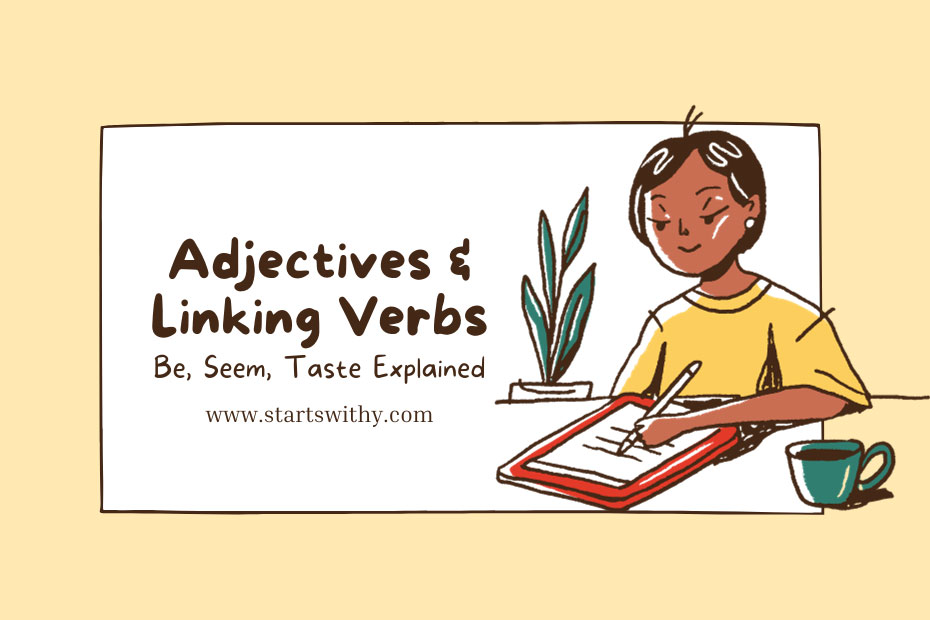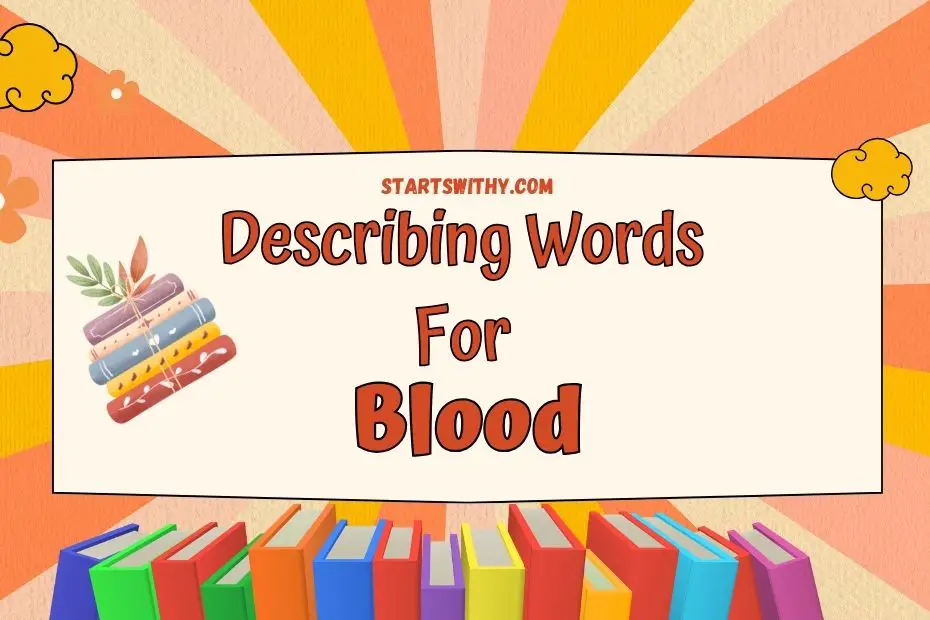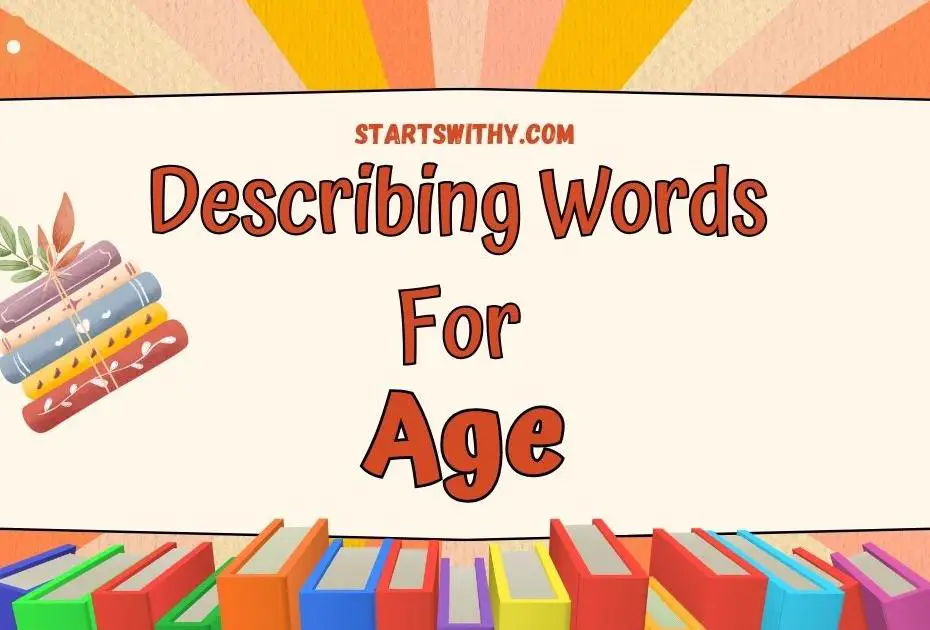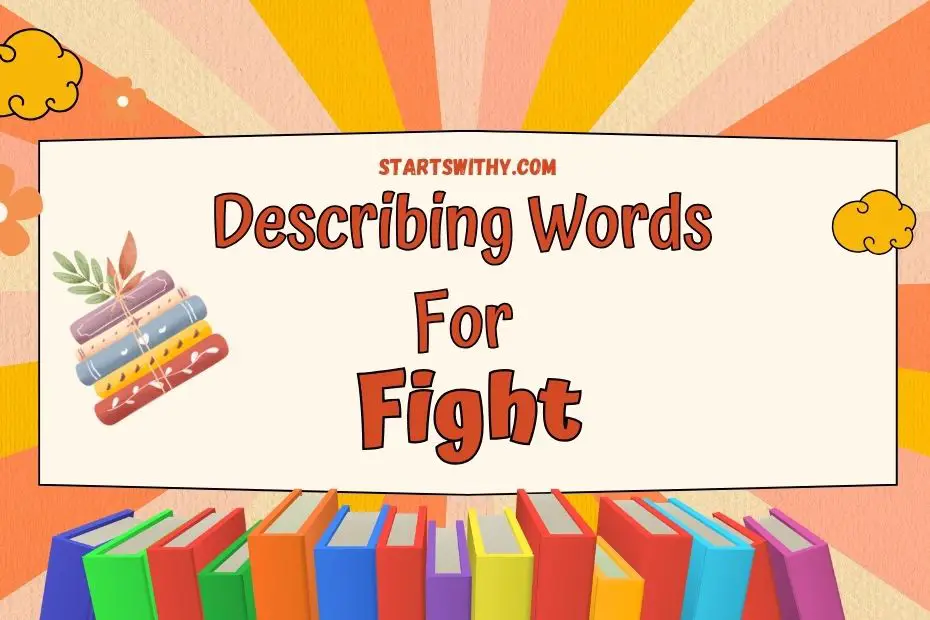Ever stumbled upon sentences that just don’t sound right? Chances are, you’ve faced the common conundrum of pairing adjectives with linking verbs. It’s a subtle art that, when mastered, can transform your writing from mundane to magnificent.
Linking verbs like ‘be’, ‘seem’, and ‘taste’ act as bridges, connecting the subject of a sentence to its descriptor. I’m here to guide you through using adjectives with these verbs, ensuring your sentences aren’t just grammatically correct, but also pack a punch.
Understanding Linking Verbs
When introducing the concept of linking verbs to young learners, I find it essential to break down the idea into simple, digestible parts. These verbs act as a bridge in a sentence, connecting the subject to information about the subject. Think of them as equal signs, showing that what’s on one side is the same as what’s on the other. For our youngest scholars, the trick is in identifying these verbs and understanding how they function within a sentence.
The most commonly used linking verbs are forms of the verb ‘to be,’ such as am, is, are, was, and were. When I teach this, I’ll often use visual aids or hand movements to symbolize the connection the linking verbs create. Another set includes sensory verbs like ‘seem,’ ‘taste,’ ‘smell,’ ‘feel,’ ‘sound,’ and ‘look.’ These verbs are vital because they don’t describe action. Instead, they describe a state of being or a condition that links the subject to the adjective.
A great activity involves using familiar objects and letting children explore how different adjectives can describe them when paired with these verbs. For example, a ripe banana: “The banana tastes sweet,” or “The banana seems ripe.” Through these exercises, they start to see the verbs’ role as a linking element, not just as a means to describe the action.
As an experienced blogger, I’ve found that keeping examples relevant and engaging is key to effective learning. This is particularly true for kindergarteners and preschoolers whose attention spans require that lessons be clear and to the point. By providing a variety of sentences and encouraging kids to create their own, they can grasp the use of linking verbs naturally.
Understanding and utilizing this part of speech does more than just improve writing; it lays the groundwork for more advanced grammar concepts they’ll encounter in later grades. With careful instruction and plenty of practice, these young learners will be well on their way to effectively using linking verbs and adjectives together.
The Role of Adjectives in Sentence Structure
When I craft sentences, adjectives play a vital role. They’re the brush strokes that add color and detail to the picture I’m painting with words. Adjectives modify nouns, giving them qualities and allowing them to stand out. In the context of linking verbs like ‘be,’ ‘seem,’ ‘taste,’ and others, adjectives serve a special purpose. They don’t just tell us more about a noun; they link the noun to its state or condition.
For instance, if I say “The apple tastes sweet,” ‘sweet’ is the adjective linked to the noun ‘apple’ through the linking verb ‘tastes.’ This not only informs us about the apple’s flavor but also about the experience of tasting it. The adjective in this case is essential because without it the sentence loses its descriptive power.
Using adjectives effectively with linking verbs can elevate a simple sentence into a more engaging one. Young learners get especially excited when they can ascribe new descriptors to familiar objects. Here are some ways adjectives enhance sentence structure:
- Providing clarity: Adjectives like ‘tall’ and ‘short’ help differentiate objects or people when size is mentioned.
- Creating imagery: Words such as ‘glistening’ or ‘velvety’ evoke vivid mental pictures.
- Evoking emotions: Adjectives like ‘joyous’ or ‘melancholic’ can convey feelings associated with the subject.
As educators, it’s our job to present these examples in a manner that resonates with kids. We must choose adjectives that are within their grasp yet stretch their understanding. It’s also crucial to present these in a variety of contexts, such as:
- The milk smells sour.
- My blanket feels cozy.
- The story seems interesting.
With each example, children discover the endless possibilities adjectives bring to communication. Their use with linking verbs underscores how we perceive and articulate the world around us. By integrating adjectives seamlessly into sentences with linking verbs, I aim to foster a love for language that will support these young learners in their journey toward more advanced literacy skills.
Using Adjectives with the Linking Verb “Be”
Adjectives serve a unique role when used with the linking verb “be,” one of the most common verbs in the English language. I’ve found that “be” can act as a bridge, connecting a subject with its attributes or states of being. When teaching children, I employ adjectives with “be” to reinforce their understanding of characters in a story or objects in their environment. Descriptive words become a concrete representation of abstract qualities, making them easier for young minds to grasp.
For example, in the sentence “The sky is blue,” “blue” is an adjective that describes the color of the sky. Here’s how it works:
- The subject is “the sky.”
- The linking verb “be” is in the form of “is.”
- The adjective “blue” links to the subject to describe its color.
You can see the simplicity and effectiveness of this structure for conveying information clearly. Knowing the right adjectives to pair with “be” can enrich classroom discussions and enhance vocabulary-building exercises. I always encourage educators to incorporate a mix of these descriptive words, varying them in complexity as children’s proficiency grows.
Another example that children can easily relate to would be “The apples are sweet.” Such sentences not only communicate the sensory attribute of the apples but also familiarize students with the structural pattern:
- “The apples” stand as the subject.
- “Are” represents the linking verb “be.”
- “Sweet” is the adjective, illustrating the taste.
The utility of linking verbs like “be” goes beyond simple descriptions. They enable us to relay emotions, conditions, and sensory experiences in relatable terms. By highlighting the significance of this relationship between the verb and adjectives, I foster a more dynamic and engaging learning environment.
Through the strategic choice of adjectives, I aim to inspire creativity and precise expression in young learners. And as they practice, they not only learn about sentence structure but also about expressing their personal experiences and observations. I’ve seen firsthand how these foundational skills in language can spark a lasting interest in reading and writing.
Exploring Adjectives with the Linking Verb “Seem”
When I incorporate the word “seem” as a linking verb in my lessons, I uncover another layer of expressiveness for the children. Unlike “be,” which declares a state of being, “seem” suggests a perception or impression, which can be quite engaging for young learners. This subtlety in language opens a door to discussing feelings and perspectives, vital components of early childhood education.
As I present examples, I notice how kids begin to differentiate between what is and what appears to be. For instance, when I say “The sky seems blue,” it’s not just about color but also about how the color appears to us, giving a hint that it could be seen differently under other conditions. This nuance paves the way for lessons on weather, light, and even emotions.
- “You seem happy” rather than “You are happy”
- “The task seems easy” as opposed to “The task is easy”
In these cases, the adjective paired with “seem” helps paint a picture that’s open to interpretation. It invites imagination and an understanding that our views can change based on new information or different perspectives.
To reinforce this verb, I often include sensory adjectives, helping children connect the language to their senses. For instance, “The apple seems sweet” is not as definitive as “The apple is sweet,” which might prompt a discussion about taste and preference. It encourages children to understand that appearances can sometimes be misleading and to develop a more inquisitive mindset.
Incorporating these practice sentences into my lessons, I’ve observed:
- Enhancements in linguistic expression
- A boost in critical thinking
- A playful approach to learning about perceptions
The flexibility of “seem” paired with descriptive terms empowers young learners to articulate their interpretations of the world around them, all while maintaining simplicity in structure for their developing minds to grasp easily.
Enhancing Descriptions with Adjectives and the Linking Verb “Taste”
When introducing the concept of taste to children, the linking verb “taste” serves as a powerful tool to explore a world of flavors. Just as “seem” allows us to discuss feelings and perceptions, “taste” opens up a sensory channel in language teaching. I’ve found that using adjectives with “taste” helps children effectively communicate their experiences with food and more.
To illustrate this, I might guide the kids through a tasting activity. Let’s say we’re exploring the different flavors of apples. I would describe each variety with appropriate adjectives: “This apple tastes sweet,” or, “This one tastes tart.” These descriptive words paired with “taste” provide a simple yet vivid depiction of the sensory experience.
Moreover, children become more adventurous with their language when they learn how to describe taste. They move beyond basic descriptors like ‘good’ or ‘bad’ and start to use a more varied vocabulary. They could say “This juice tastes tangy,” or “The soup tastes spicy.” By capitalizing on their natural curiosity about the food they eat, I can expand their adjective use in a context that’s meaningful to them.
Even when dealing with foods that aren’t present, such as in a storytelling session, adjectives and “taste” help to enrich the narrative. Describing a character’s meal with phrases like “The cake tasted moist and rich” not only builds language skills but also helps children imagine the scene more vividly.
Through practice, preschoolers learn that their taste experiences can be shared and understood by others. This encourages them to pay closer attention to their senses and to the words they choose. By integrating “taste” with a variety of adjectives in sentences, teachers can foster a dynamic learning environment where every new flavor becomes an opportunity for discovery.
Conclusion
Adjectives and linking verbs, like the brushstrokes of a painter, add vibrant layers of description to our language. By understanding the nuances of “be,” “seem,” and “taste” as linking verbs, we can craft sentences that paint vivid pictures, express subtle emotions, and engage our readers on a deeper level.
Remember, “be” offers a range of states, from straightforward existence to nuanced shades of possibility. “Seem” introduces a hint of uncertainty, allowing us to explore impressions and interpretations. And “taste,” not just for food, lets us savor the sensory richness of our world.
So, embrace the power of linking verbs and adjectives! Experiment with their diverse forms and subtle meanings. Let your sentences sing with colorful descriptions, and watch your writing come alive. As you master this art, you’ll find yourself not just describing the world, but creating it anew, one sentence at a time.



